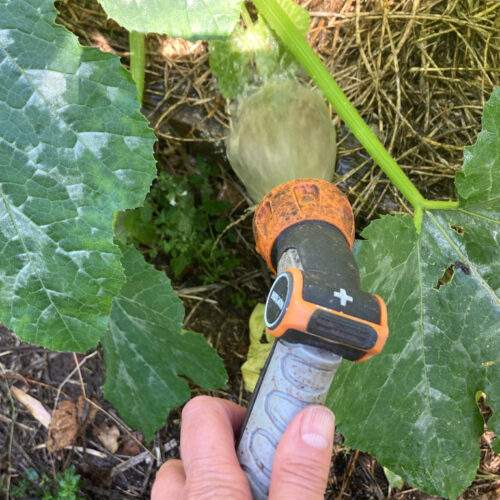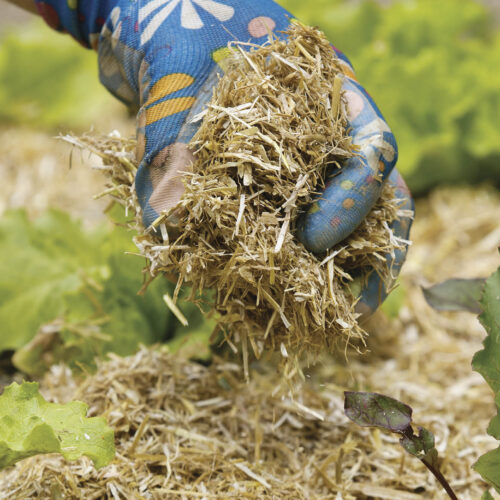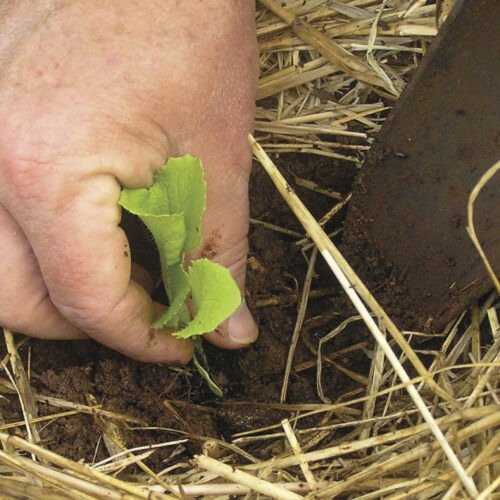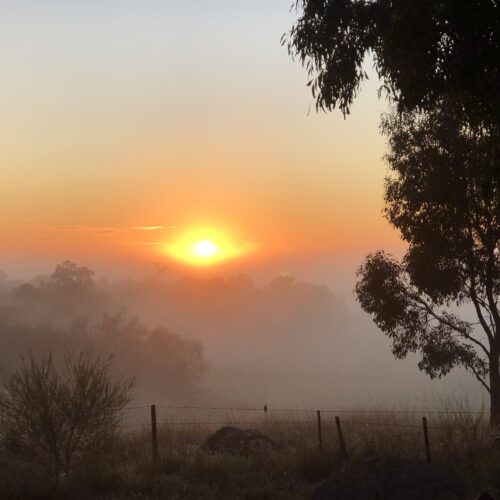Why is my Rhubarb Green?
2011-07-28T22:31:32+10:00
Rhubarb has had a renaissance in recent years, but more than a few people are finding that their plant won't change colours from green to red. JUSTIN RUSSELL explains why.
What is it about rhubarb? Almost every week someone contacts me with a question about a plant that I adore, but consider to be a doddle to grow. Think of rhubarb as a “plenty plant” and you won’t go far wrong: it likes plenty of fertility, plenty of moisture, and plenty of drainage. Tick these three boxes and you’ll be pulling stems for crumbles and stews for decades to come. But it’s colour that really worries people. I’m asked constantly why the supposed red rhubarb someone planted in their garden a year or two ago has stayed green. More often that not, the problem occurs when some buys a cheap six-cell punnet of rhubarb plants from a big retail nursery. These plants are grown from seed. Ordinarily, that wouldn’t be an issue, but the problem with seed grown rhubarb is that it’s highly variable. Even though the tag on the punnet might be named Sydney Crimson for example, and feature a pretty photo of red rhubarb, the reality is that the seedlings are likely to be a mix of different colours. Some will be red, some green, others halfway between the two. In addition, some plants might only develop short stems, while others might grow long skinny ones. The big plant factories, who appear happy to cut the odd corner or two in pursuit of ever fatter profits, ought to know better. In my opinion, they’re ripping people off. Green rhubarb will always be green. The only sure way to get red stems on your rhubarb is by purchasing dormant crowns of a good quality, properly named, red stemmed variety. It’s not that green stems aren’t edible. They are. But they’re not as attractive when cooked and they lack the tart, mouth puckering edge that rhubarb lovers really crave. Variety wise, my favourite is Ever Red. I grow a local strain from a farm down the road, and true to name, the stems stay bright red all year round. Wandin Red is growing in the garden as well, but it’s got the annoying habit of going a bit green during summer. This winter I’m prepping a new spot for a few Silvan Giant plants. This variety, famous for its fat red stems, is well regarded by market gardeners down south. I’m eager to see how it goes. Because crowns are produced by dividing rhubarb plants, they can be a bit hard to come by. Edible plant nurseries often have dormant crowns available via mail order until the end of winter, so if you want decent red legs on your rhubarb, track down some crowns. They’re worth the effort.






